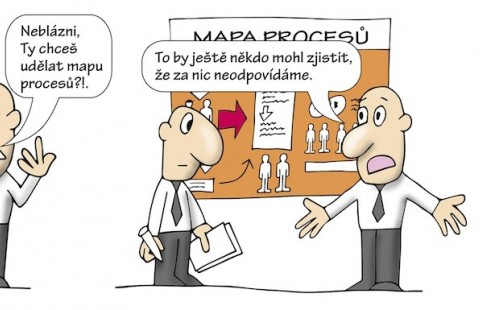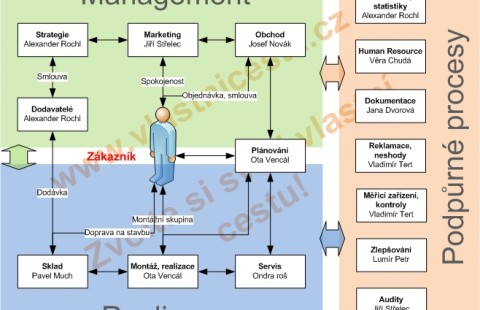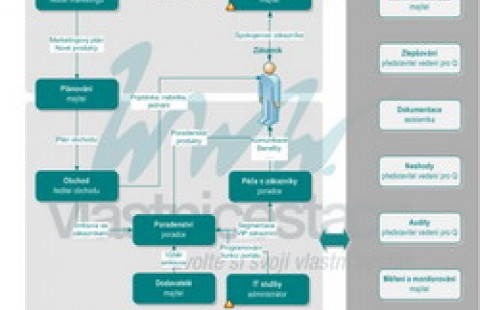The Seven Step Problem Solving method is designed to provide systemic solutions to relatively complex problems. It is utilized to plan new processes, too. The method si appropriate for both individuals and teams alike.
Seven step problem solving technique

Legal aspects of insolvency and reorganization

The Real | Interim Manager for Your Changes

Manager work model

Time management - making use of time effectively

Jak správně tvořit mapu procesů

Modelling and setting the processes and procedures - ISO 9001

Training - preparation of the SWOT analysis and strategy

Company Management System of Quality Step by Step - ISO 9001

